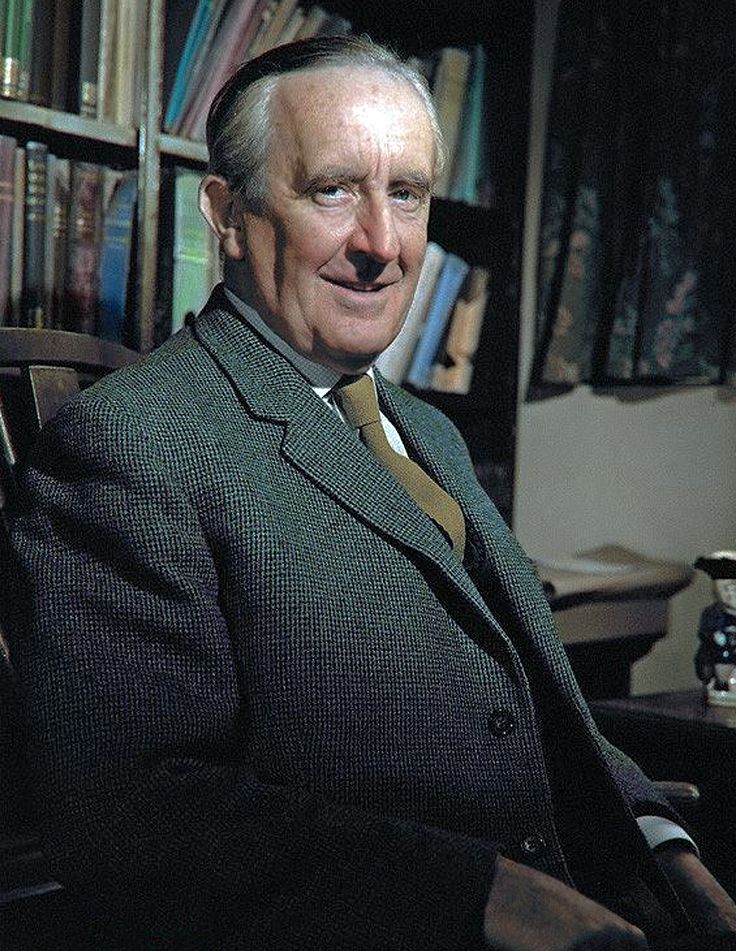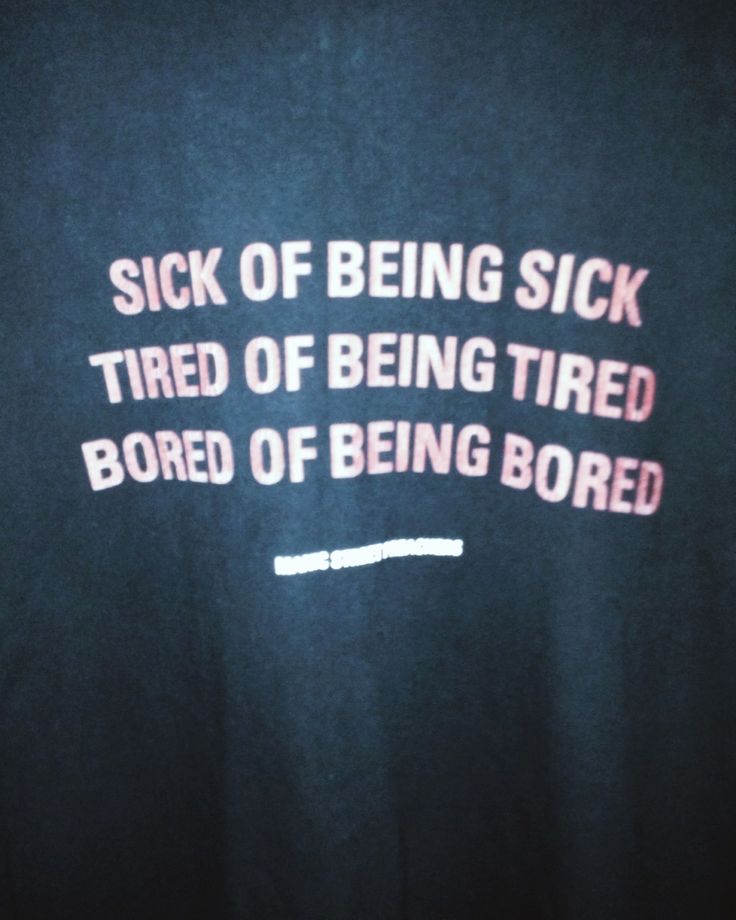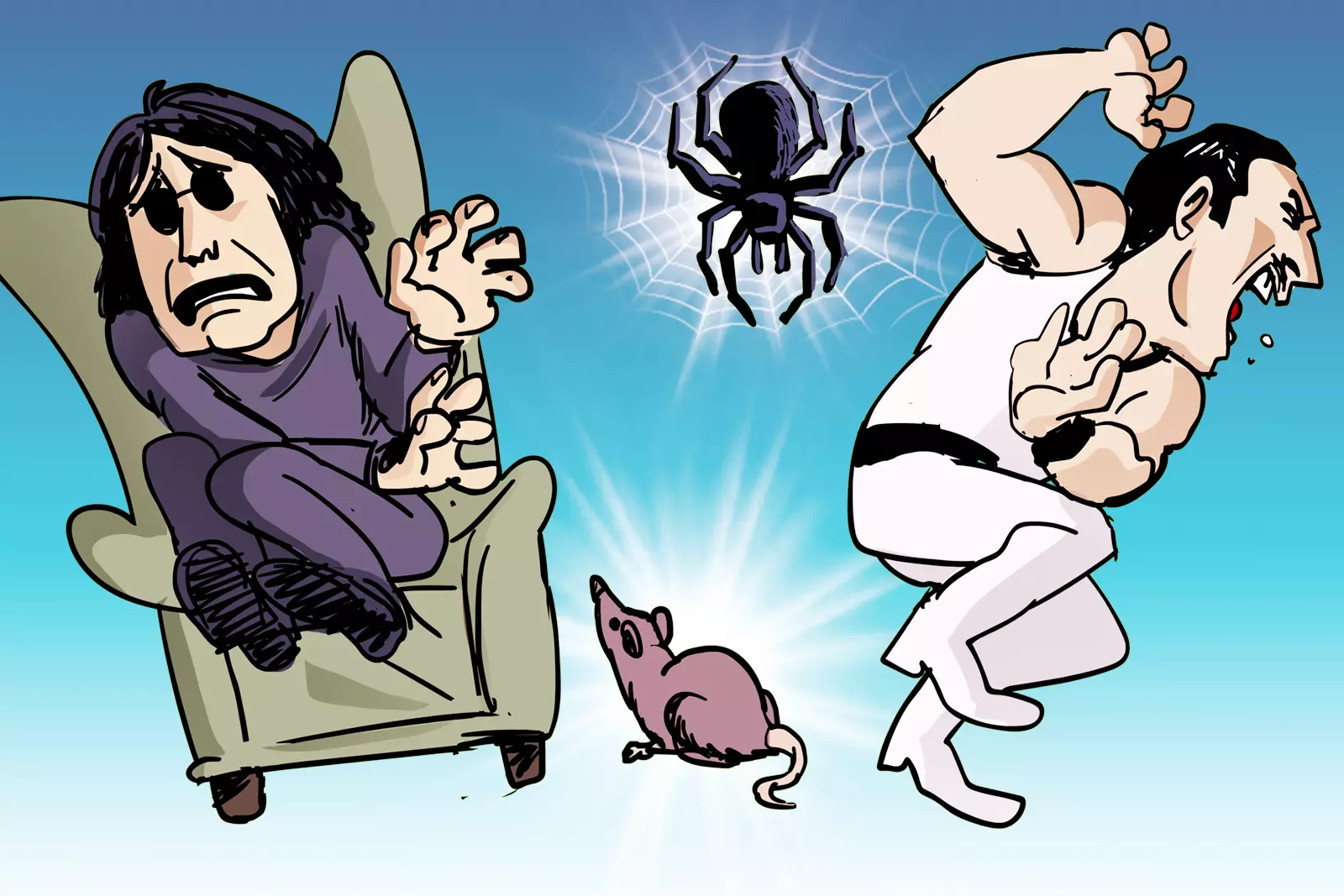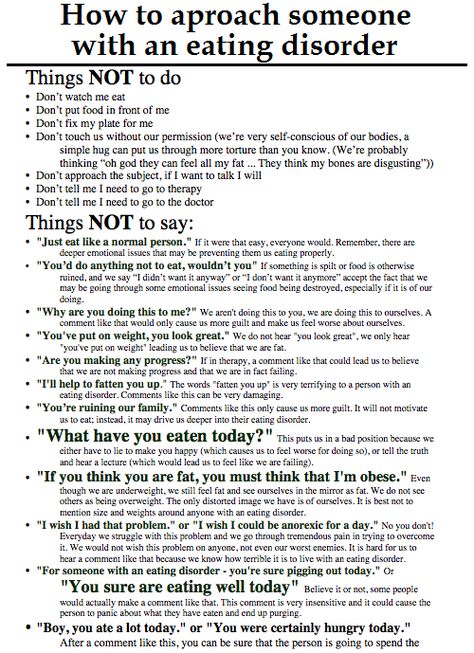Writers with bipolar
5 Contemporary Writers Who Have Bipolar Disorder
Post Views: 32,963
Views
These renowned authors tackle psychology and mental health in their published works—and openly discuss their own diagnoses of conditions such as bipolar.
Writing for Wellness
It’s no secret that writing can be both a creative outlet and a habit to cultivate well-being. As such, it is unsurprising that a number of prominent writers also happen to live with brain-based health conditions. Here is a sampling of authors who have not only found success but also are open about their diagnosis of bipolar disorder.
#1 Alan Garner
Alan Garner, OBE, FRSL, is an award-winning English novelist best known for his children’s fantasy novels, his retellings of traditional British folk tales, and his fairy tales. Garner’s notable works include
The Owl Service; The Weirdstone of Brisingamen; The Moon of Gomrath; and Elidor. He was originally diagnosed with depression, but antidepressants didn’t work for him, and he finally received a diagnosis of bipolar disorder. Garner’s many distinctions and honors include being appointed an officer of the Order of the British Empire (OBE) in 2001 and, in 2007, having his book The Owl Service designated as one of the top ten Carnegie Medal–winning works of all time.
#2 Marya Hornbacher
Marya Hornbacher is an American author and freelance journalist whose books, journalism, essays, and poetry have been honored with many awards. Hornbacher’s third book, a memoir called Madness: A Bipolar Life, chronicles the years following her Pulitzer Prize–nominated autobiographical account of her struggle with eating disorders, Wasted: A Memoir of Anorexia and Bulimia. The New York Times–bestselling author also wrote a recovery handbook called Sane, which serves as a guide for people who struggle with both substance use disorder (SUD) and mental illness.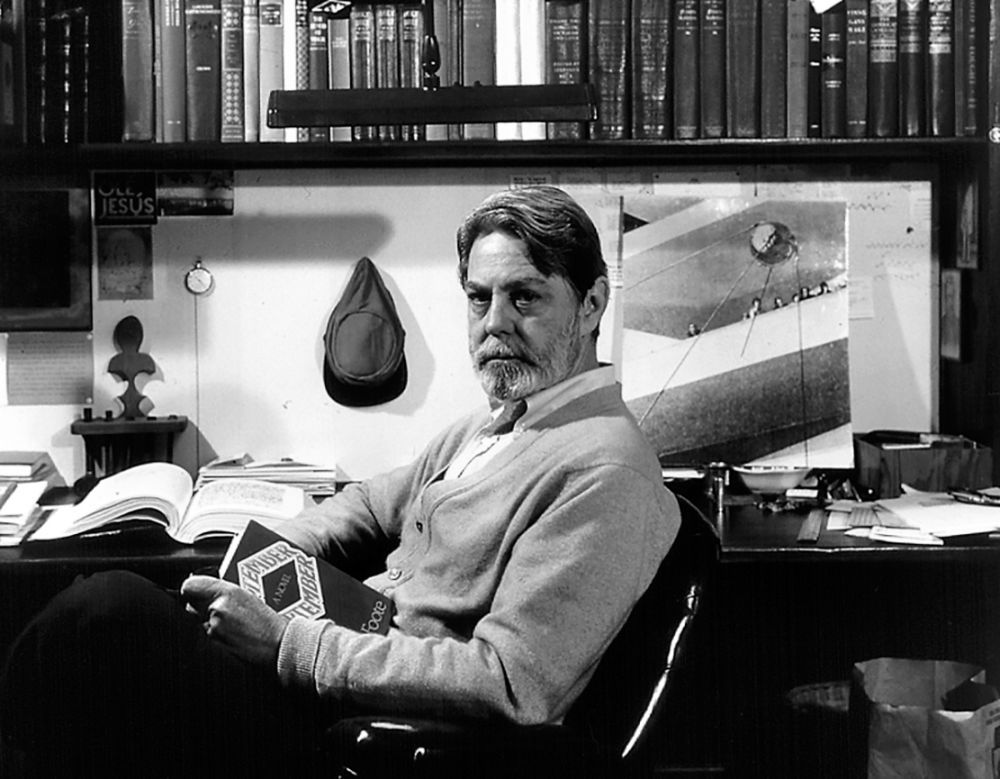
#3 Robert Munsch
Children’s author Robert Munsch is perhaps best known for his picture book Love You Forever, which was published nearly 40 years ago, consistently ranks high on Publisher’s Weekly bestsellers lists. Munsch has talked openly about his bipolar disorder and trouble with substance use, and he attributes his continued success to the support of his family and friends over the years. Although Munsch is now retired, he continues to publish previously written books.
#4 Mark Vonnegut
A pediatrician by profession, Mark Vonnegut also sees himself as an artist who, like his famous father before him—celebrated novelist Kurt Vonnegut Jr.—turns to his creative side to cope with psychiatric symptoms. Besides his autobiographical writing, Vonnegut also paints, draws, and plays music. He has translated his experiences with psychosis and recovery into two highly praised memoirs: The Eden Express and Just Like Someone without Mental Illness Only More So.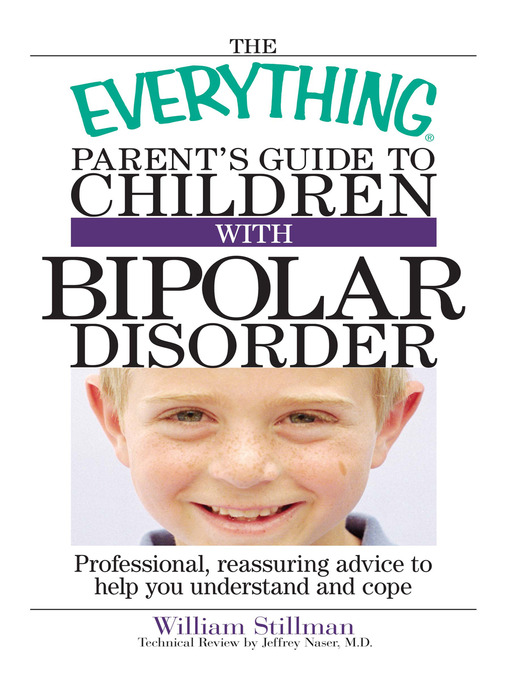
#5 Kay Redfield Jamison
Kay Redfield Jamison, PhD, is a clinical psychologist and writer. Her bestselling 1995 memoir, An Unquiet Mind, is a raw and honest story of her own battles with bipolar disorder. Jamison is the author of seven books and over a hundred scientific articles about bipolar disorder, and she has become the public face of the disorder. Her book Touched with Fire explores the link between creativity and manic depression. She also co-authored a textbook, Manic-Depressive Illness, with Frederick K. Goodwin, MD.
Kay Redfield Jamison, Marya Hornbacher
About the author
Related
6 Famous Writers with Mental Health Issues
Brilliant creativity often comes with turmoil, and many artists claim they do their best work when they’re struggling mental health-wise. Probably the most well-known example of this is Vincent van Gogh, who cut off his left ear while arguing with fellow artist Paul Gauguin.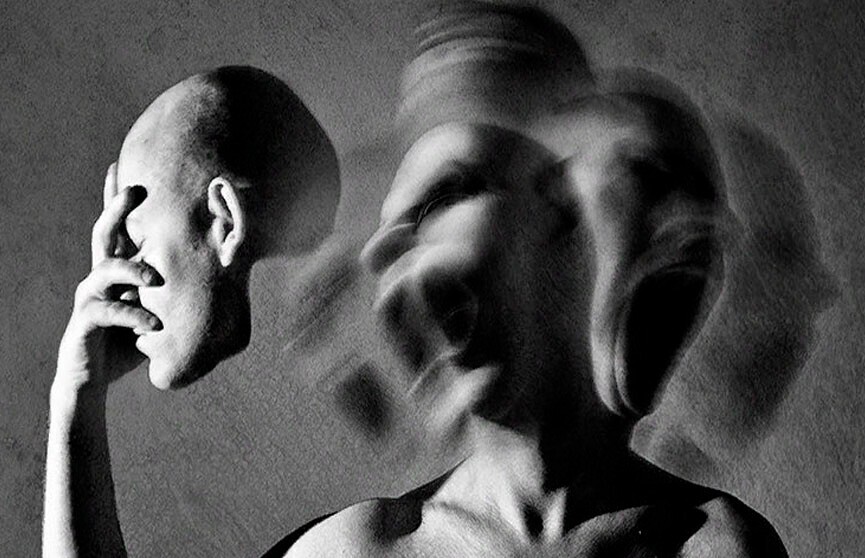 Today, it’s widely accepted that Van Gogh struggled with mental health issues.
Today, it’s widely accepted that Van Gogh struggled with mental health issues.
This theme applies to writers as well. Many great authors who produced fantastic literature have also suffered from various mental health issues, including these six.
Six Famous Authors With Mental Illness
1. Ernest Hemingway
When famous writers with mental illness are mentioned, Ernest Hemingway is often the first name to come to mind. Hemingway was a brilliant American novelist, short story writer and journalist. Some of his most famous books include “The Old Man and the Sea” and “A Farewell to Arms.” Hemingway gained great recognition during his lifetime, earning a Nobel Peace Prize in Literature. Today, his works are considered classics that everyone should read.
Hemingway achieved his success despite lifelong mental health issues. He was known as a heavy drinker all his life and likely had an alcohol addiction. As Hemingway said, “An intelligent man is sometimes forced to be drunk to spend time with fools. ”
”
Along with alcoholism, Hemingway suffered from severe depression, and his family had a history of depression; his father, brother and sister all committed suicide. In 1961, Hemingway received electroshock therapy to treat his mental health conditions. Unfortunately, this archaic treatment did nothing to help him, and he died by suicide just a few days later.
2. Virginia Woolf
Virginia Woolf was a famous English novelist, essayist and publisher. She’s given credit popularizing the stream of consciousness as a narrative device. Some of the more well-known Woolf novels include, “The Voyage Out,” “Mrs. Dalloway” and “Flush: A Biography.” Woolf is primarily known as a 20th-century female rights advocate, writing about the oppression of women. She once wrote, “As long as she thinks of a man, nobody objects to a woman thinking.” Woolf’s work is still taught and studied today in literature classes around the world.
Woolf didn’t have an easy childhood, and it resulted in some lifelong mental health issues.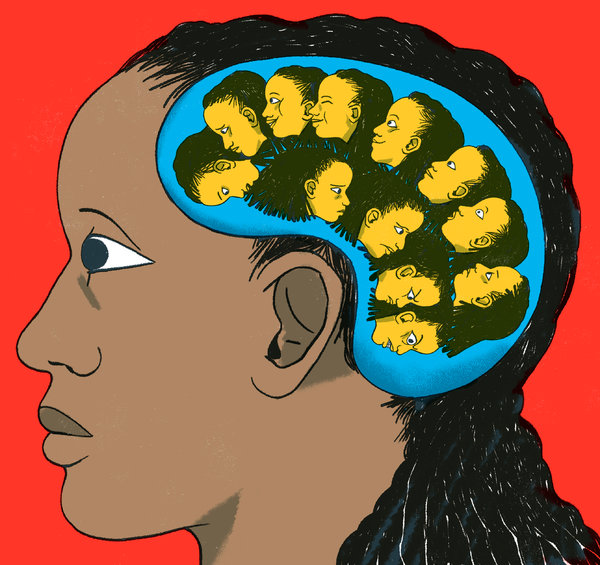 In 1895, Woolf’s mother died suddenly, and she suffered a mental breakdown. Just a few years later, her half-sister died. She also experienced sexual abuse from her half-brothers during her childhood.
In 1895, Woolf’s mother died suddenly, and she suffered a mental breakdown. Just a few years later, her half-sister died. She also experienced sexual abuse from her half-brothers during her childhood.
All of this led to Woolf suffering from severe depression and mental breakdowns throughout her life. Despite becoming a successful writer, Woolf often saw herself as a failure. At the age of 59, she committed suicide by filling her pockets with stones and walking into a river.
3. Edgar Allen Poe
Edgar Allen Poe is a classic American short story author and poet. Some of his most famous works include, “The Raven” and “The Tell-Tale Heart.” Poe is often credited with creating the detective genre and frequently wrote dark, beautiful pieces. In a letter to a fan, Poe once wrote, “I became insane, with long intervals of horrible sanity.”
Sadly, Poe’s mental illness struggles included chronic depression, possibly bipolar disorder, alcoholism and substance abuse. At one point, he reportedly tried to commit suicide by overdosing on laudanum.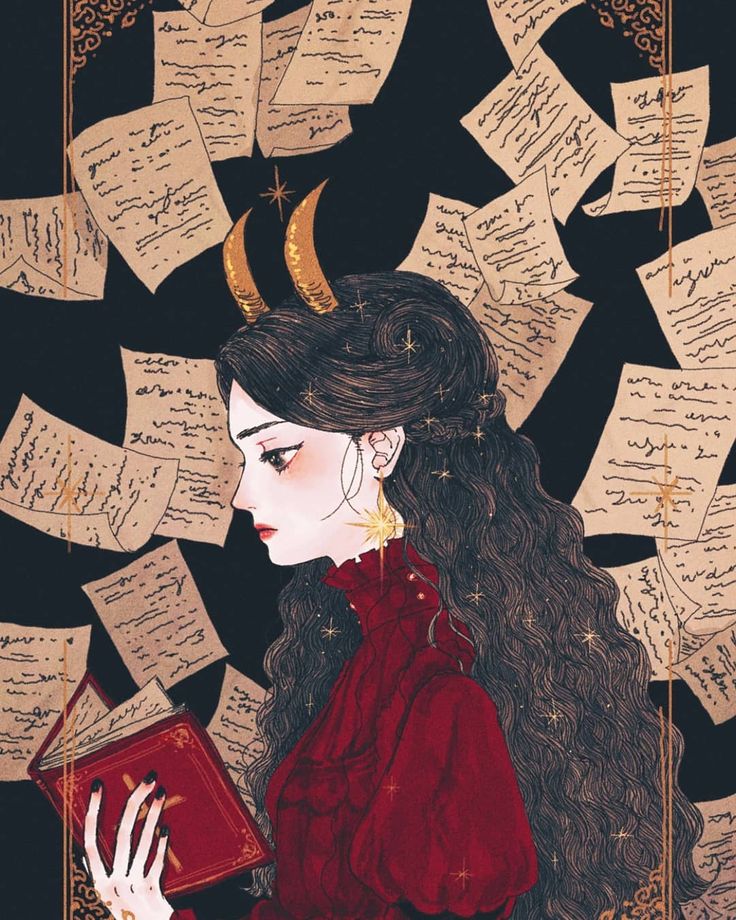 One year later, Poe died in a hospital from complications related to alcohol abuse.
One year later, Poe died in a hospital from complications related to alcohol abuse.
4. Sylvia Plath
Sylvia Plath is considered one of the greatest American female writers of all time. She wrote short stories and novels but is perhaps most well-known for her poetry. Plath is credited with making “confessional poetry” famous. Her work often featured her own life experiences and illustrated her struggles with mental illnesses, such as depression. Plath’s two most popular poetry collections are “The Colossus” and “Ariel.”
Plath began suffering from clinical depression at the age of 19 while in college. The depression continued for years despite medications and electroshock therapy. Plath tried to commit suicide several times before finally succeeding at age 30 when she put her head into an oven with the gas running.
In 2001, psychologist James C. Kaufman coined the term “The Sylvia Plath Effect,” which suggests that poets are more likely than other creative writers to suffer from mental illnesses, such as depression, bipolar disorder, and schizophrenia.
5. Leo Tolstoy
Russian author Leo Tolstoy is considered one of the greatest writers of all time. From 1902 to 1906, he received nominations for the Nobel Peace Prize in Literature each year. Tolstoy’s two most well-known books, “War and Peace” and “Anna Karenina,” have unbelievable character development, detailed plots and realistic writing that grips the reader from the start.
Tolstoy came from a wealthy family, and his skills were recognized by everyone during his lifetime. Still, he had his struggles. In his book “The Confessions,” Tolstoy discusses his alcohol abuse, depression and thoughts of suicide. He writes, “I did not myself know what I wanted: I feared life, desired to escape from it, yet still hoped something of it.”
He died at the age of 82 from pneumonia.
6. F. Scott Fitzgerald
Author of “The Great Gatsby” and “The Curious Case of Benjamin Button,” F. Scott Fitzgerald published many books, short stories and essays during his lifetime.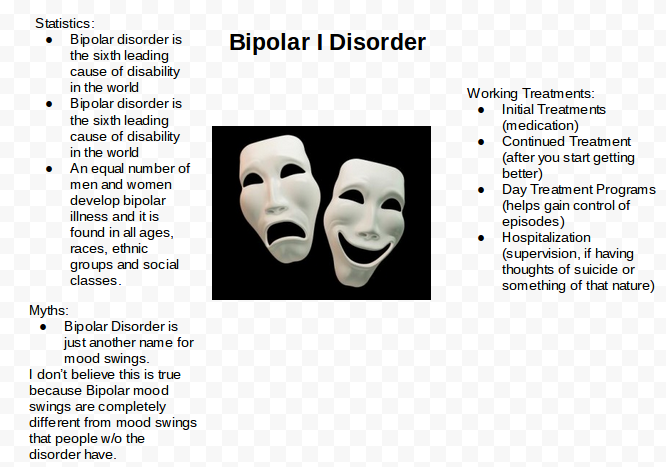 Interestingly, though, he became significantly more well-known after his death.
Interestingly, though, he became significantly more well-known after his death.
The author once stated, “The world only exists in your eyes. You can make it as big or as small as you want.” He and his wife Zelda lived a fast-paced life full of parties and luxury, similar to his character Jay Gatsby. Zelda was also an author and was diagnosed with schizophrenia in the 1930s. Fitzgerald suffered from depression, alcoholism and substance abuse. He died at the young age of 44 from a heart attack.
Creatives Should Seek Help if They Need It
Unfortunately, some artists affected by mental health issues have the misconception that the condition is the source of their creativity. In reality, authors struggling with mental illnesses should seek help.
Some of the famous writers on this list succumbed to an early death because they didn’t get the help they needed. In contrast, authors who get help can live long lives and enjoy successful careers. Stephen King, J.K. Rowling and Anne Rice are a few examples of authors who’ve publicly spoken about their mental health issues. Whether dealing with depression or substance addiction, these authors sought help and have thrived.
Whether dealing with depression or substance addiction, these authors sought help and have thrived.
FHE Health
If you’re struggling with mental health issues, reach out to us at FHE Health today by calling (833) 596-3502 and learn how you can get the help you need and retain your creativity.
Famous Authors' Major Psychosis: bookmatejournal - LiveJournal
On an autumn night in 1984, Kay Jamieson, author of The Restless Mind, was darting around the hospital parking lot with a colleague, driven by an agitated, maddened mind. She herself called such a state “mania”: “When it’s two in the morning and you have mania, even at the medical center of the University of California you can find something intriguing.” Admittedly, this is not what is most commonly associated with a diagnosis of bipolar disorder.
We usually imagine creative, brilliant people who are busy creating works of art, but not two lunatics running between parked cars for hours on end. This is the truth: Bipolar disorder is considered a diagnosis of creative people, but in fact it is not a romantic condition at all, but insanity, psychosis, and, as a rule, the suicidal depression that follows.
Kay Jamison - Restless mind. My victory over bipolar disorder
This is what Kay Jamison, Ph.D. and professor of psychiatry at the Johns Hopkins University School of Medicine, writes about. She explains that bipolar disorder is a serious condition that requires taking medication, especially mood stabilizers like lithium, and taking them, probably for life. Suffering from this disease, Jamison was well aware of the consequences of refusing treatment and taking medications.
She described how, during the manic phase, she had visions, hallucinations, that she seemed to be flying in space and sticking her fingers through the rings of Saturn. Nevertheless, for some time, Jamison refused to take medication, believing that she would be better off without them, and this decision almost led to a fatal denouement.
Jamieson says a lot of modern research confirms that today there is an incredible amount of affective disorders, depression and bipolar disorders among creative people in the field of science and art.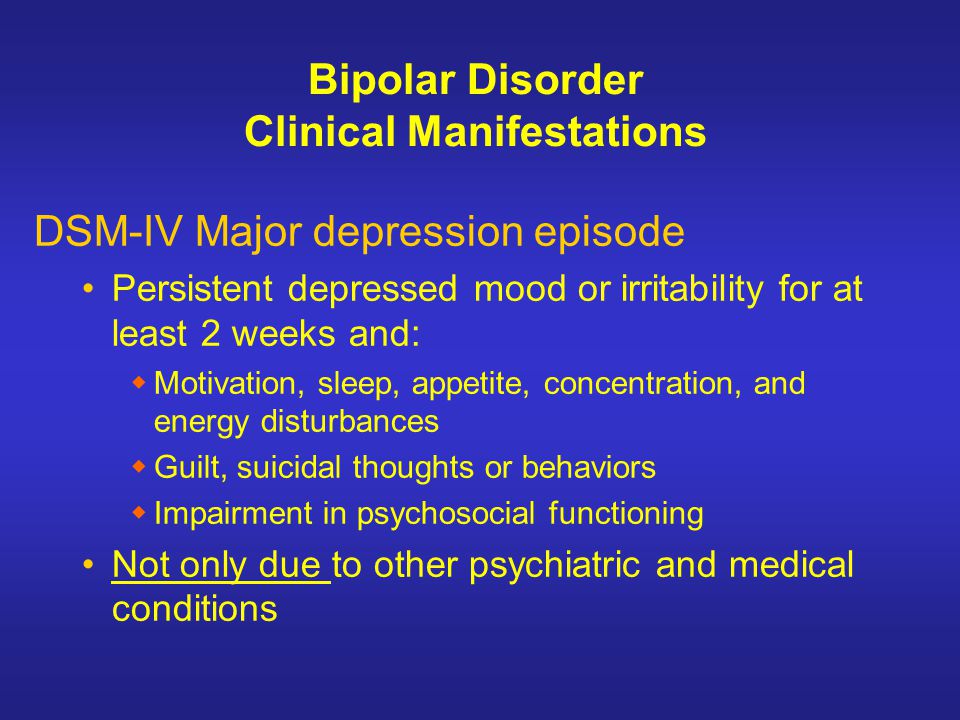 This phenomenon consists in changes in the brain in people with a manic personality type experiencing extreme states; states that people want to talk about in their works.
This phenomenon consists in changes in the brain in people with a manic personality type experiencing extreme states; states that people want to talk about in their works.
Kay Jamison began researching the phenomenon of bipolar disorder after struggling with the disease herself for several years.
Bipolar disorder (or, in the older version, manic-depressive psychosis) was in such creative people as Byron, Van Gogh, Virginia Woolf, and the disease left a mark on their work. Van Gogh's famous painting Starry Night seems to convey a euphoric feeling of mania: the stars above the city spiral into a spiral, creating the illusion of a funnel. Byron wrote Childe Harold's Pilgrimage based on his travel diary. The contradictory narrative seems to be dictated by the polar states that haunt Byron: depression and mania.
Jamieson warns against romanticizing mental disorders, pointing out that both Byron and van Gogh actually suffered deeply from their illness; this is clearly indicated, for example, by Van Gogh's letters to friends. Byron traveled with a doctor, and Van Gogh ended up in the hospital himself.
Byron traveled with a doctor, and Van Gogh ended up in the hospital himself.
Writer Virginia Woolf also experienced manic depressive illness. Michael Cunningham wrote about her life and sad end in the book The Hours. The book shows the period of Wolf's life, in parallel, in another time dimension, her novel is read by a housewife living in 1950s in the USA. In the third time dimension, in the early 2000s, the woman's son, also suffering from depression, calls his former "Mrs. Dalloway" after the heroine from Wolfe's book. The fate of Virginia Woolf, who committed suicide, the fate of Laura Brown from the patriarchal post-war America and the fate of Clarissa Vaughn from modern New York are incredibly intertwined with each other.
American poet and writer Sylvia Plath suffered from depression, which became the basis for her novel Under the Glass Jar. Source: pinterest.com Depression, like bipolar disorder, also often accompanies talented people. For example, Sylvia Plath struggled with severe depression all her life and even wrote the semi-autobiographical novel Under the Glass Jar, where she described in detail the plunge into black depression and a suicide attempt. The book is imbued with a feeling of suffocation, which is experienced by a cornered, desperate, sick person. This feeling disappears at the end of the book: after the main character undergoes electroshock therapy, the glass jar "lifts", and the heroine feels better.
The book is imbued with a feeling of suffocation, which is experienced by a cornered, desperate, sick person. This feeling disappears at the end of the book: after the main character undergoes electroshock therapy, the glass jar "lifts", and the heroine feels better.
Nobel laureate writer Ernest Hemingway was probably severely depressed or bipolar. Contemporaries observed in him episodes of paranoia, which sometimes accompany manic states. It seemed to him that FBI agents were following him everywhere - however, in the 1980s, when his case was declassified, it turned out that he was really being followed. One way or another, Hemingway experienced at least bouts of severe depression. He was treated in the clinic with electroshock therapy, and subsequently the writer even lost his memory.
Stephen Fry's bipolar disorder led him to make a documentary series about people with the same diagnosis.
Stephen Fry, famous actor, comedian and writer, has also been diagnosed with bipolar affective disorder.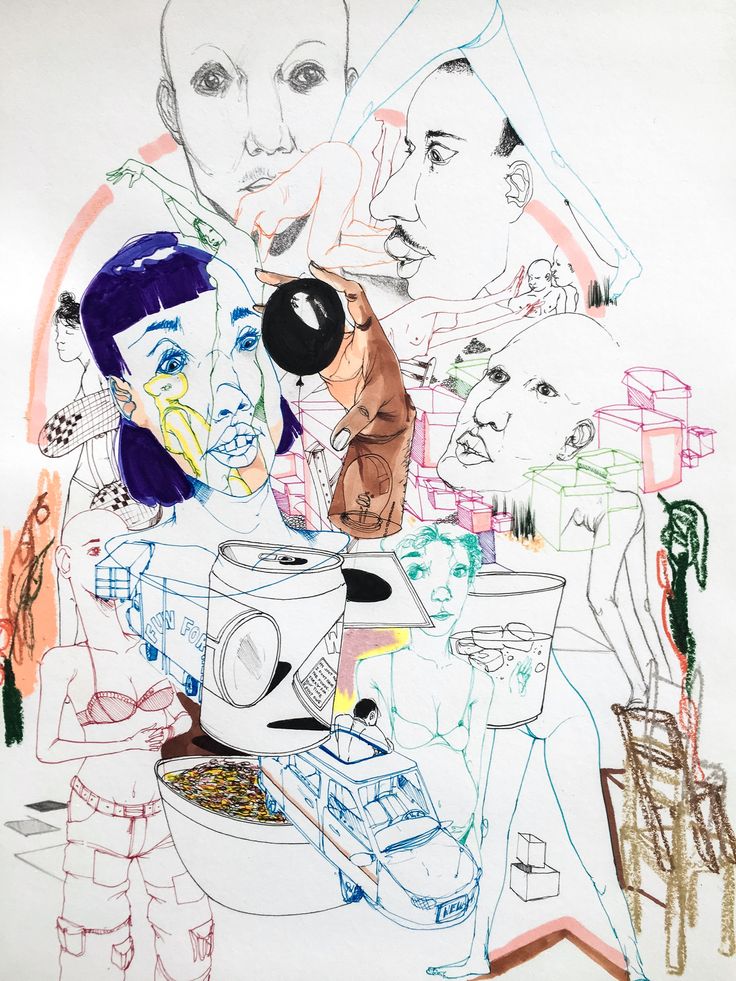 He made the documentary Mad Depression with Stephen Fry, where he spoke about his personal experience of experiencing the disease, and also interviewed others, in particular, actress Carrie Fisher, who played one of the main roles in Star Wars. Fisher suffered from a severe form of bipolar disorder, which led to a special, secluded lifestyle. Among those whom Fry interviewed were not only famous, but also ordinary people, and the disease left a devastating imprint on their lives.
He made the documentary Mad Depression with Stephen Fry, where he spoke about his personal experience of experiencing the disease, and also interviewed others, in particular, actress Carrie Fisher, who played one of the main roles in Star Wars. Fisher suffered from a severe form of bipolar disorder, which led to a special, secluded lifestyle. Among those whom Fry interviewed were not only famous, but also ordinary people, and the disease left a devastating imprint on their lives.
And yet, after talking with different people with manic-depressive psychosis, Fry came to the joint conclusion with them that, in addition to minuses, bipolar disorder has pluses, for the sake of which they would refuse treatment. The diagnosis of bipolar disorder is difficult to recognize because some people living with it see mania not as an illness, but as a condition that allows them to achieve more and work more productively.
Clinical psychologist and activist Masha Pushkina talks about bipolar disorder using the example of her characters Masha Pushkina - Bipolar.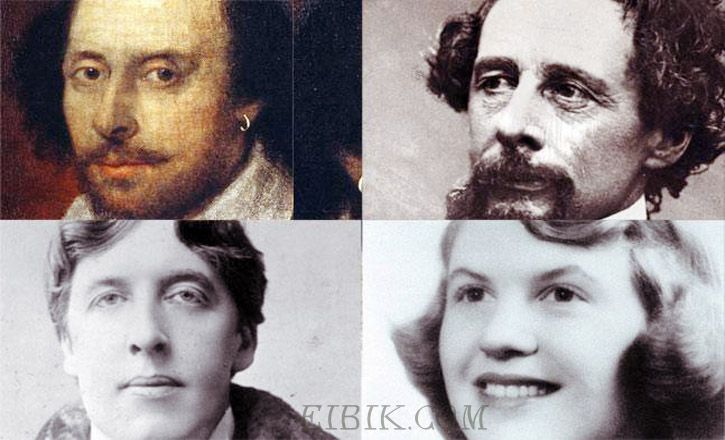 How do people with bipolar disorder live and cope with themselves?
How do people with bipolar disorder live and cope with themselves?
Author of the material: Anastasia Kataeva deviations more than once became the basis for various kinds of research. Often, it is these deviations that allow you to create masterpieces, and then the boundaries between genius and madness are erased.
Author of infographics: Olesya Nikitina
Edgar Allan at
Deviations: phobias, bipolar affective disorder, depression
Fate prepared Edgar Allan in many serious tests, and his life path cannot be called simple. On the contrary, from the very childhood, events took place in the life of the writer, which became the causes of more and more new phobias and aggravated the mental state of the writer.
It all started when, at the age of two, Edgar Po lost his parents and was taken in by a foster family. The future writer loved his adoptive mother very much, which, however, cannot be said about the adoptive father. When the child was 5-7 years old, they began to notice bouts of stupor, some detachment, and sometimes, on the contrary, excitement [1] . This may indicate the presence of organic lesions of the CNS, or may be considered as an early manifestation of catatonia [2] .
When the child was 5-7 years old, they began to notice bouts of stupor, some detachment, and sometimes, on the contrary, excitement [1] . This may indicate the presence of organic lesions of the CNS, or may be considered as an early manifestation of catatonia [2] .
At the age of 5, the boy fell from a tree into a pond and almost died, which led to the appearance of hydrophobia (as an adult, the writer made attempts to overcompensate for a childhood phobia, but could not completely overcome his fear).
From the age of 14, the writer suffered from bipolar affective disorder (started with a manic autotone (arising on its own) state). Bipolar affective disorder is a mental illness manifested by alternating episodes of manic (characterized by elevated mood, mental and motor agitation) and depressive states, or their mixed variants, with intervals of a normal state. Mania Edgar According to they differed by clinical polymorphism (multiple clinical manifestations of the disease).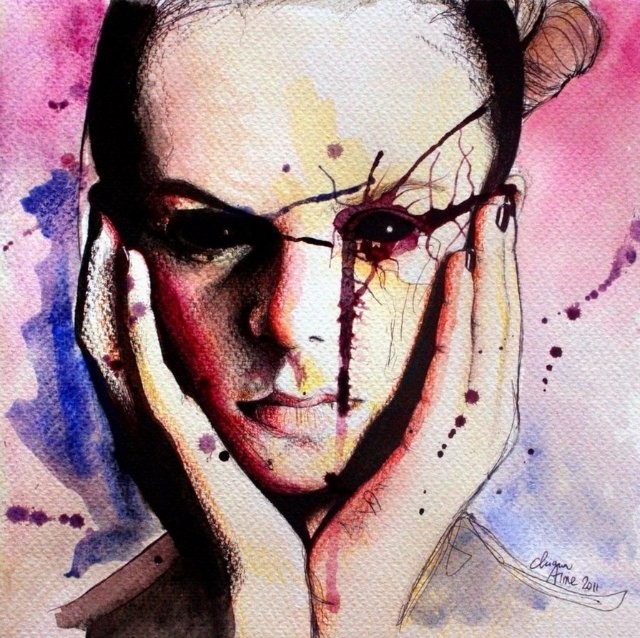 The writer was in an excited state, did not sleep for days, was distinguished by increased efficiency, but there was no affect of fun, and there was no increase in motor skills. If the manic state coincided with falling in love, then in that case the feeling of enthusiasm prevailed. Specialists note atypicality Edgar By fenced off the outside world and found salvation in alcohol, which led to the progression of the disease; again, by the age of 24, the emphasis shifts to a feeling of anxiety, depression becomes longer (about 2-3 months), short-term paranoid episodes occur against the background of alcohol intake [4] .
The writer was in an excited state, did not sleep for days, was distinguished by increased efficiency, but there was no affect of fun, and there was no increase in motor skills. If the manic state coincided with falling in love, then in that case the feeling of enthusiasm prevailed. Specialists note atypicality Edgar By fenced off the outside world and found salvation in alcohol, which led to the progression of the disease; again, by the age of 24, the emphasis shifts to a feeling of anxiety, depression becomes longer (about 2-3 months), short-term paranoid episodes occur against the background of alcohol intake [4] .
Returning again to phobias, it is necessary to note the fear of loss, in particular, this applied to women. At the age of 20, the writer survived the death of his adoptive mother, and claimed that she was buried alive (against the background, another phobia appeared (manifestations can be seen, for example, in story "The Cask of Amontillado", where the hero takes revenge on his friend and walled him up in the wall, as well as in the stories "The Accusatory Heart" and "The Black Cat").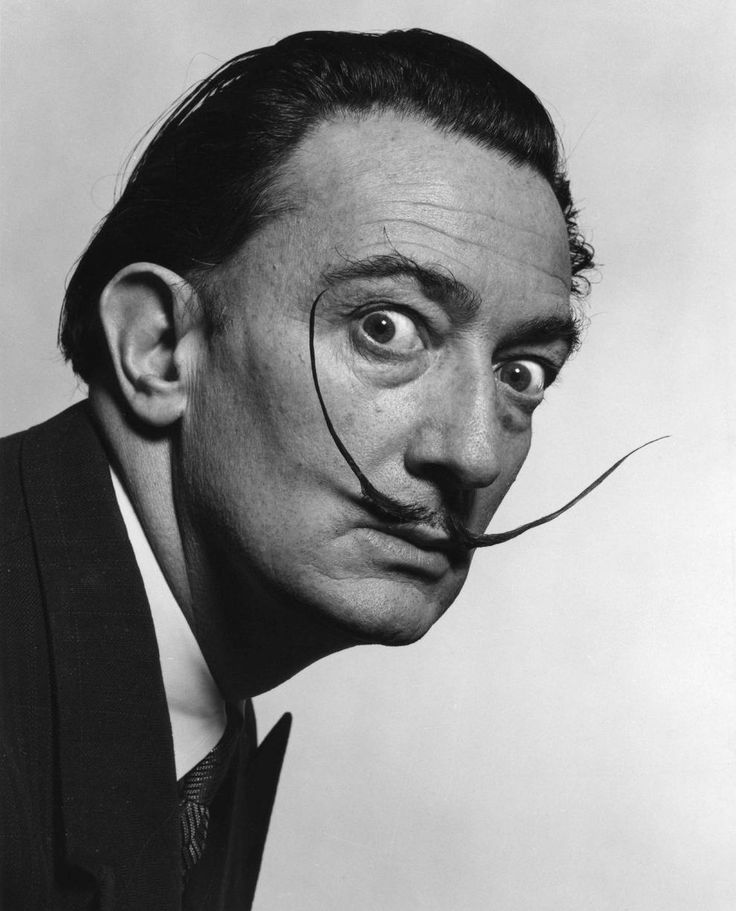 These experiences left an imprint on Poe's and influenced his relationship with the opposite sex in general. Later, the writer marries his cousin, and when, 10 years later, his wife dies of tuberculosis, he will never be able to recover. All this is also reflected in the work of Edgar Po , the plot of the loss of a beloved woman, the idea of death can be found in the stories " Berenice ", " Black Cat ", " The Fall of the House of Usher ", as well as the writer's poems (" Raven "). At the age of 30, the writer suffered the first psychotic state (auditory and visual hallucinations, delusions of persecution), at the age of 34 - the second.
These experiences left an imprint on Poe's and influenced his relationship with the opposite sex in general. Later, the writer marries his cousin, and when, 10 years later, his wife dies of tuberculosis, he will never be able to recover. All this is also reflected in the work of Edgar Po , the plot of the loss of a beloved woman, the idea of death can be found in the stories " Berenice ", " Black Cat ", " The Fall of the House of Usher ", as well as the writer's poems (" Raven "). At the age of 30, the writer suffered the first psychotic state (auditory and visual hallucinations, delusions of persecution), at the age of 34 - the second.
However, the writer created works in the opposite way, that is, not drawing inspiration from the manifestations of his illness, but trying to create a hero according to the laws of logic. He managed to create a new literary device and gave birth to the detective genre (" The overthrow of in Maelström ", " Murder of in Rue Morgue ", " Mystery of Marie Roger ").
Franz Kafka
Abnormalities: Oedipus complex
Franz Kafka age. From childhood Kafka grew up as a quiet, weak, capricious and sickly boy, showed no interest in any active entertainment, preferring books. Self-doubt , increased sensitivity , poor health and the perception of the surrounding world as especially hostile - all this made the child very lonely , and, as Kafka himself later believed , damaged him and greatly influenced his entire future life. Herman Kafka , the father of the future writer, was very dissatisfied with his son, because he expected to transfer the business to him, but did not see in Franz those qualities that would allow him to count on future success.
Adherents of psychoanalysis believe that Kafka suffered from the Oedipus complex .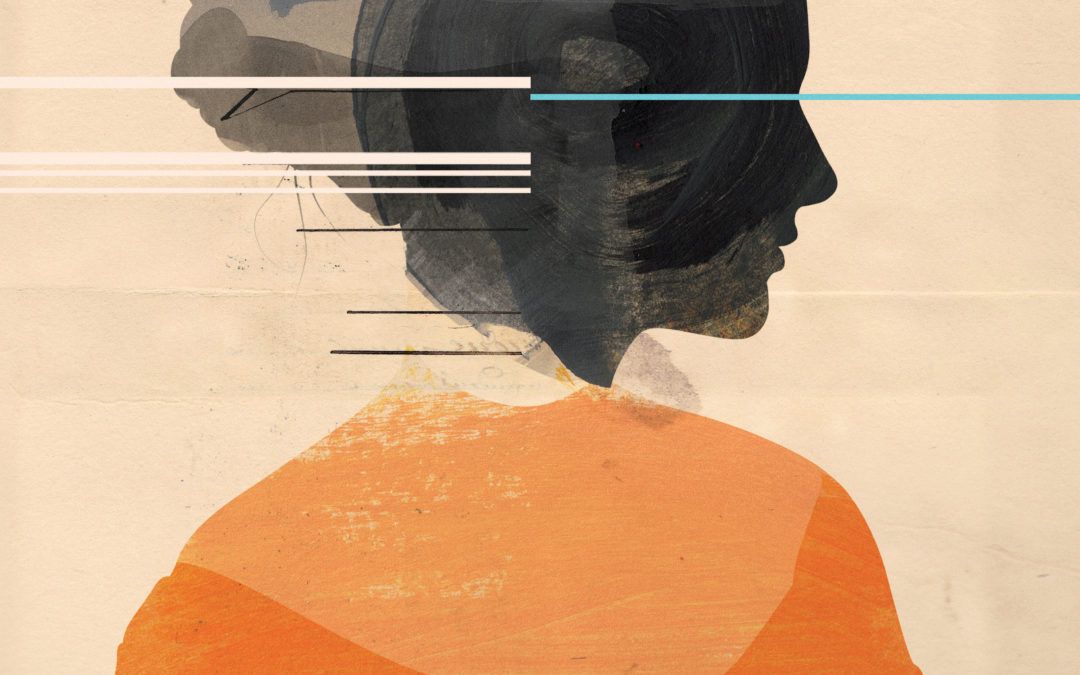 The Oedipus complex is a concept introduced by Sigmund Freud , denoting a complex of children's unconscious experiences, the essence of which is that the child experiences sexual attraction to the parent of the opposite sex and ambivalent (dual) feelings towards the parent of the same sex. Echoes of this sound in the writer's work: in the novels "Trial", "Castle", "America" traces the idea of liberation from the father's influence; in the short story "Transformation" the protagonist Gregor Samza is clearly opposed to his family.
The Oedipus complex is a concept introduced by Sigmund Freud , denoting a complex of children's unconscious experiences, the essence of which is that the child experiences sexual attraction to the parent of the opposite sex and ambivalent (dual) feelings towards the parent of the same sex. Echoes of this sound in the writer's work: in the novels "Trial", "Castle", "America" traces the idea of liberation from the father's influence; in the short story "Transformation" the protagonist Gregor Samza is clearly opposed to his family.
The presence of the Oedipus complex, together with the influence of Super-Ego , was the source of a very strong feeling of guilt , which was also experienced by the heroes of the above works. Moreover, all of them were characterized by suffering for reasons incomprehensible to the reader, an abstract feeling that has specific causes on the (alas, inaccessible) subconscious level (the realization of “for what” the hero feels guilty), and entails confidence in imminent retribution (which, however, does not always come - the novels " America " and " Castle " remained unfinished).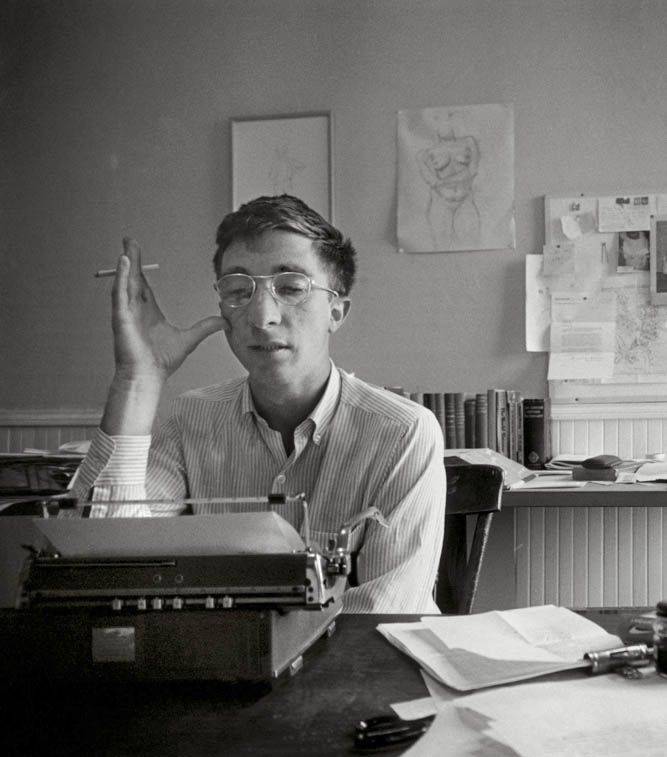 In addition, it is important to understand that the heroes of the works are trying to resist this feeling, but each time they turn out to be weaker. At the same time, the feeling of guilt seems to be something absolute, disproportionate to the forces of the characters, and therefore it is impossible to overcome it.
In addition, it is important to understand that the heroes of the works are trying to resist this feeling, but each time they turn out to be weaker. At the same time, the feeling of guilt seems to be something absolute, disproportionate to the forces of the characters, and therefore it is impossible to overcome it.
We will not delve into the study of latent homosexuality and latent sadomasochism (which can also be found in the novels " Castle " and " America "), but let's move on to the basis of creativity Franz Kafka - neurosis. It was neurosis that served as the source of a feeling of fear, constant anxiety, loneliness and insecurity, which permeated absolutely all of the writer's work; moreover, the birth of all the works of Franz Kafka is nothing but the result of sublimation (process of switching mental energy from one to another) [5] .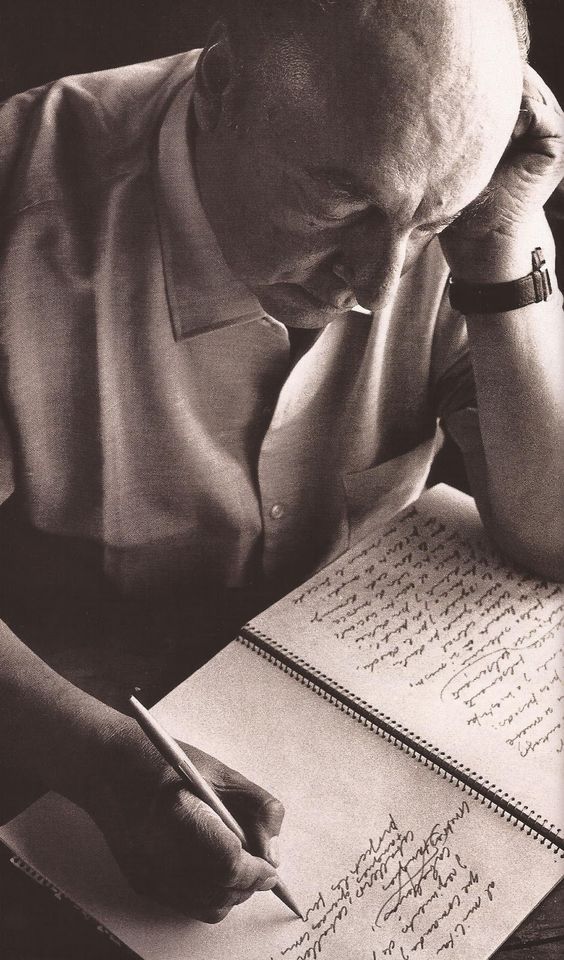
Virginia Wolfe
Deviations: Bipolar disorder, depression and hallucinations
Virginia Wolf from childhood grew in a bohemian cultural atmosphere - in the house of her father, a well -known literary critic, Sir Leslie , there were , there were 9000 many writers, poets, artists and philosophers. Unlike his two brothers, Virginia and her sister did not attend school, their parents themselves were engaged in their education.
When Virginia was thirteen years old, her cousins tried to rape her - this episode became fundamental in the formation of the writer's personality and forever instilled in her an aversion to any form of physical intimacy . Parents forbade their daughter to talk about this case, disgracing the family.
Virginia's mother dies of pneumonia in the same year 0008, and the future writer made her first suicide attempt.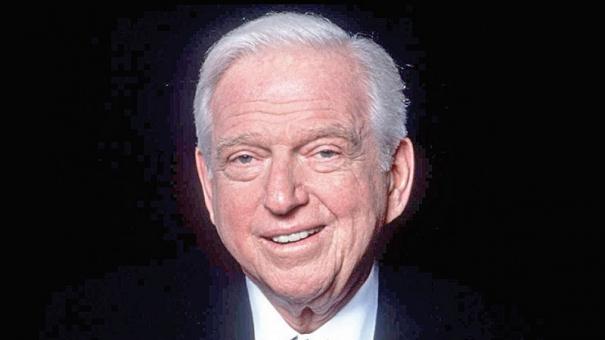 Two years later, her half-sister Stella dies, and then her father. These events provoked a nervous breakdown , more suicide attempts, hallucinations and depression.
Two years later, her half-sister Stella dies, and then her father. These events provoked a nervous breakdown , more suicide attempts, hallucinations and depression.
As an adult Virginia Wolfe accepts marriage proposal Lytton Stretch knowing full well about his gay orientation ( Stretch , like Virginia , was a member of group Bloomsbury - an elite society of English intellectuals, formed in the writer's house in Gordon Square). The engagement was called off the next day. The friendship, however, continued, and subsequently Virginia married Leonard Wolfe , a friend of Strach . Their relationship was based on intellectual, spiritual intimacy ; the spouses decided to give each other freedom - there were rumors that Leonard was not indifferent to men, while novels Virginia with women was no secret.
All her life Virginia Woolf suffered from depressions accompanied by hallucinations. The first novel " Journey " was published in 1915 and greatly weakened the health of the writer, she fell into a severe depression and heard birds singing on the olive trees of ancient Greece - the same hallucinations haunted her in the last crisis while working on the novel " Between acts ". Specialists say that Virginia Woolf has bipolar disorder . During the attacks, the writer also began to talk incessantly and incoherently [6] . Virginia Woolf spent a lot of time in psychiatric hospitals, and at home she was under the supervision of nurses. She made many suicide attempts until the last one, committed in 1940, was unsuccessful - Virginia Woolf stuffed her coat pockets with stones and drowned herself in the river.
Woolf never focused on the mass reader, she always wrote for an elite society - the elect, able to understand her . Her work was based on personal experiences, and her mental illness served as a source of inspiration.
Ernest Hemingway
Abnormalities: suicidal complex, bipolar disorder
Ernest Hemingway was born into a prosperous family of an obstetrician and a failed opera singer. The child was brought up in strictness ; the mother did not hide the fact that she wanted a second daughter, suffered from her own lack of fulfillment in the profession and hoped that her son would continue her creative research. If we turn again to psychoanalysis (which Hemingway himself did not like), then we can consider the writer's suicidal complex as a particular case of the Oedipus complex - a strong, strong-willed mother and a weak, subordinate to his wife, father (gender roles are distorted) [7] .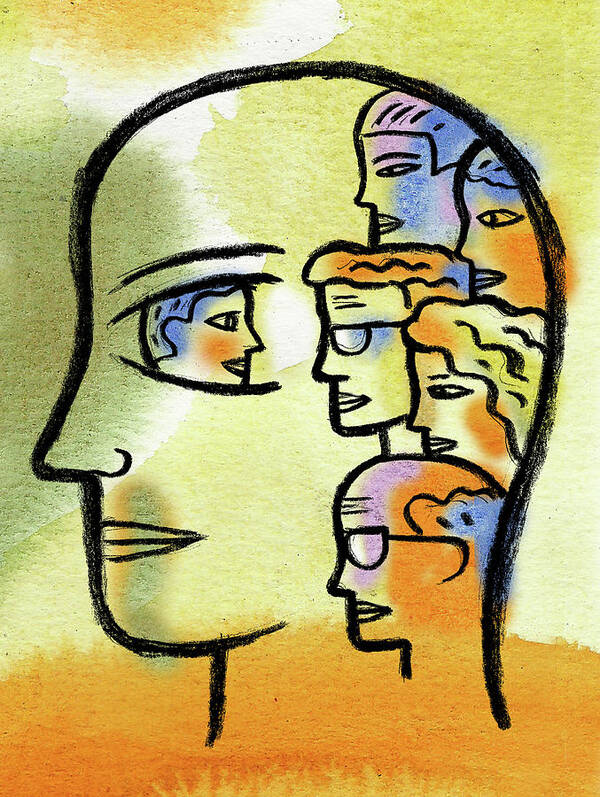 It is worth noting that in Hemingway's works the main role is assigned to men , the writer carefully draws the male image ( the image of a fighter going to the end, not giving up even when there is no chance of winning), leaving the female rather inexpressive .
It is worth noting that in Hemingway's works the main role is assigned to men , the writer carefully draws the male image ( the image of a fighter going to the end, not giving up even when there is no chance of winning), leaving the female rather inexpressive .
American psychiatrist Irvine Yalom spoke as follows:
" Hemingway obsessively seeks external danger in order to escape the greater danger coming from within" ... "the compulsive hero was forced all his life to seek and conquer danger - in such a grotesque way he proved that there was no danger"
Ernest Hemingway also suffered from bipolar disorder . At the beginning, the disease proceeded in the form of cyclothymia [8] , with age, aggravated by years of alcoholism, transformed into a monopolar depressive variant.
Everything else was added paranoia , delusions of persecution, the writer began to think that he was being watched by the FBI; also appeared fear writer's gift . In 1961, Hemingway was hospitalized in a Rochester, Minnesota clinic, where the writer experienced 20 sessions of electroconvulsive therapy, which resulted in partial memory loss ; Hemingway could no longer write. Having made several unsuccessful suicide attempts, the writer was forced to agree to re-hospitalization, however, just a few days after discharge, remaining true to himself, he brought the matter to an end and shot himself from his beloved double-barreled shotgun.
In 1961, Hemingway was hospitalized in a Rochester, Minnesota clinic, where the writer experienced 20 sessions of electroconvulsive therapy, which resulted in partial memory loss ; Hemingway could no longer write. Having made several unsuccessful suicide attempts, the writer was forced to agree to re-hospitalization, however, just a few days after discharge, remaining true to himself, he brought the matter to an end and shot himself from his beloved double-barreled shotgun.
Author: Nina Mikhailova
[1] P. Bologov Edgar Poe and Vsevolod Garshin: One disease, one fate // http://www.psychiatry.ru/stat/130.
[2] Catatonia is a psychopathological syndrome, the main clinical manifestation of which is movement disorders (stupor or agitation).
[3] Ibid.
[4] Ibid.
[5] Zelinsky S. Psychological analysis of the personality and creativity of Franz Kafka // http://samlib.ru/z/zelinskij_s_a/kafka.